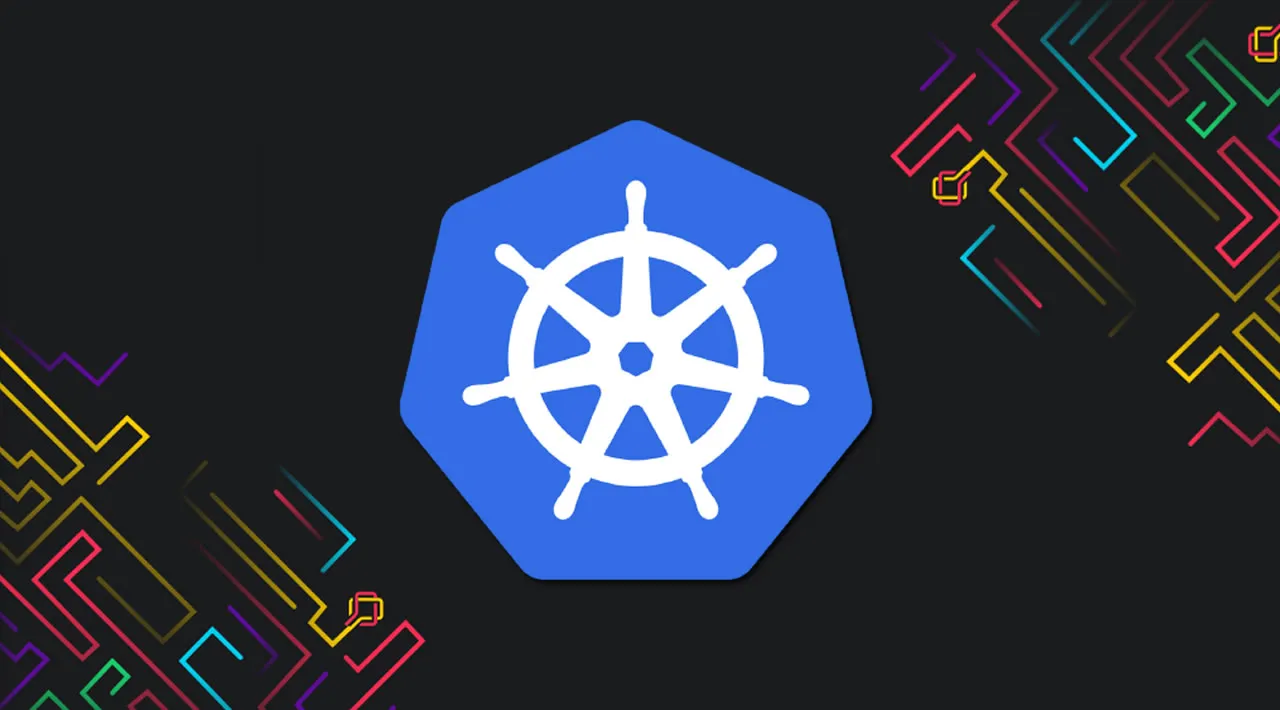Terminate pods while having fun by playing Kube DOOM.
Do you ever feel nostalgic for Doom and other blocky video games, the ones that didn’t require much more than a mouse and the hope that you could survive on a LAN with your friends? You know what I’m talking about; the days when your weekends were consumed with figuring out how you could travel with your desktop and how many Mountain Dews you could fit in your cargo pants pockets? If this memory puts a warm feeling in your heart, well, this article is for you.
Get ready to play Doom again, only this time you’ll be playing for a legitimate work reason: doing chaos engineering. I’ll be using my fork of Kube DOOM (with a new Helm chart because that’s how I sometimes spend my weekends). I also have a pull request with the original Kube DOOM creator that I’m waiting to hear about.
The first article in this series explained what chaos engineering is , and the second demonstrated how to get your system’s steady state so that you can compare it against a chaos state. In the next few articles, I introduced some chaos engineering tools you can use: Litmus for testing arbitrary failures and experiments in your Kubernetes cluster; Chaos Mesh , an open source chaos orchestrator with a web user interface; and Kube-monkey for stress-testing your systems by scheduling random termination pods in your cluster.In this sixth article, I’ll use Pop!_OS 20.04, Helm 3, Minikube 1.14.2, a VNC viewer, and Kubernetes 1.19.
#kubernetes #doom
